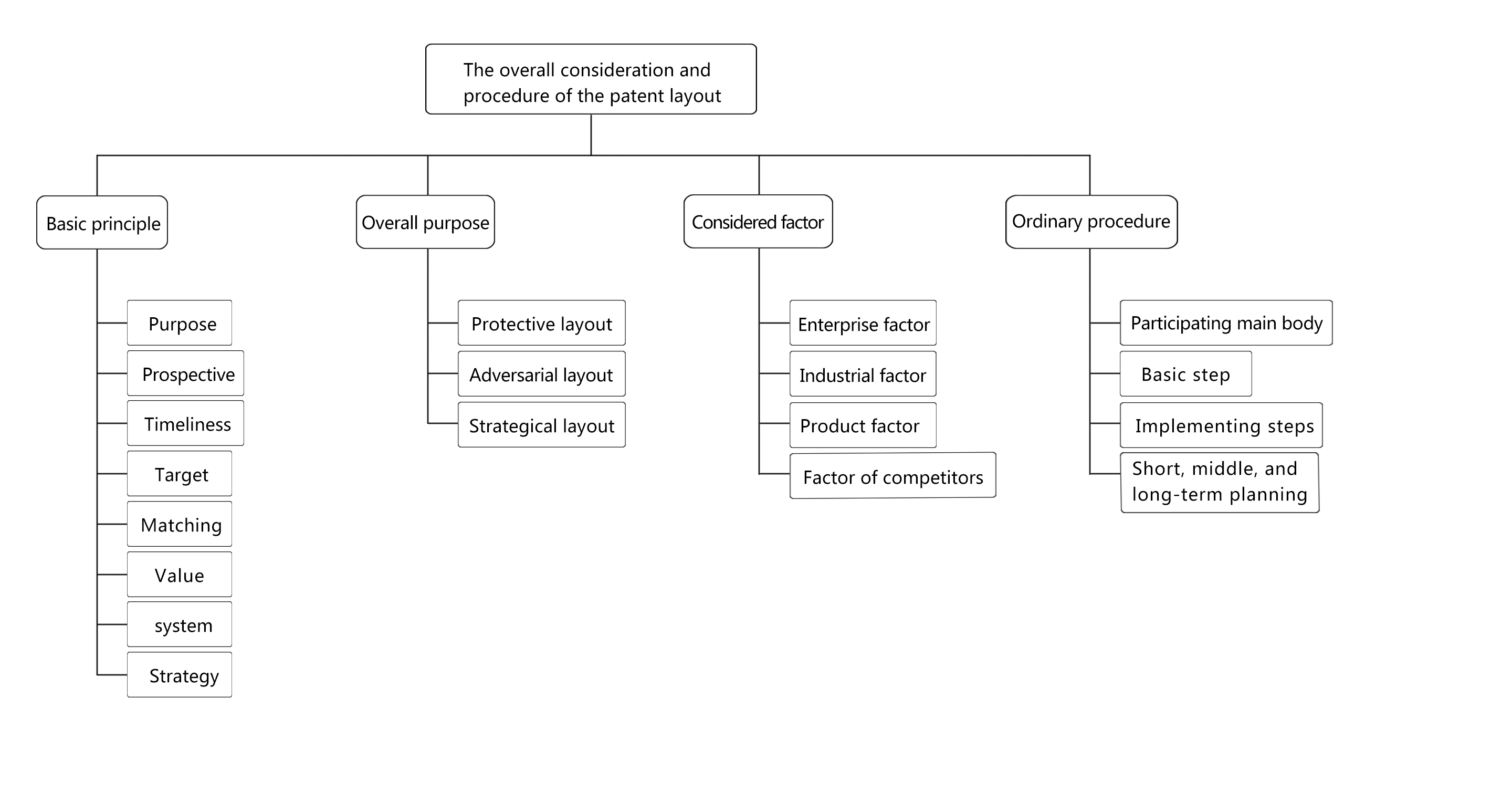
Key Points
In terms of Firm
- 1.Making patent strategies 2. Facility devotion 3. Market extension 4. Business operation mode 5. Other
- 1.Developing phase 2. Patent distribution and change 3. Other
- 1.Importance degree 2. Maturity degree 3. Creativity 4. Seriation
- 1.Strategy change 2. Market trend 3. Cooperation network. 4. Patent competitiveness and lawsuit movement
Participants
Usually involves four departments: ①patent management department②company management③marketing department④research and technology department
Stages
Market research, technical surveys, industry surveys, patent research, strategy selection, layout planning, layout implementation, layout optimization, etc.
Steps of implements
Typical patterns
The basic steps for carrying out patent distribution
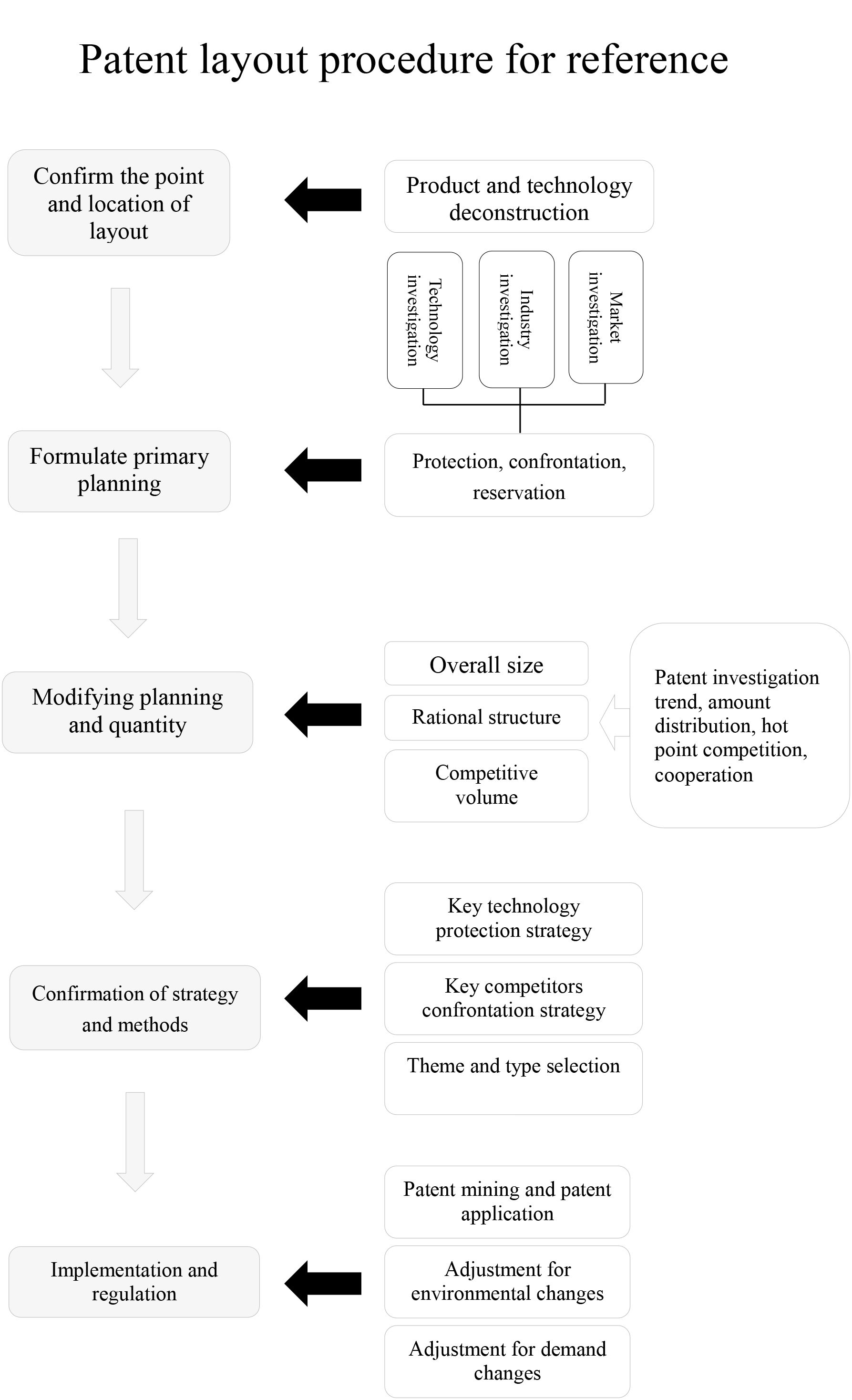
The basic structure and mode of patent layout
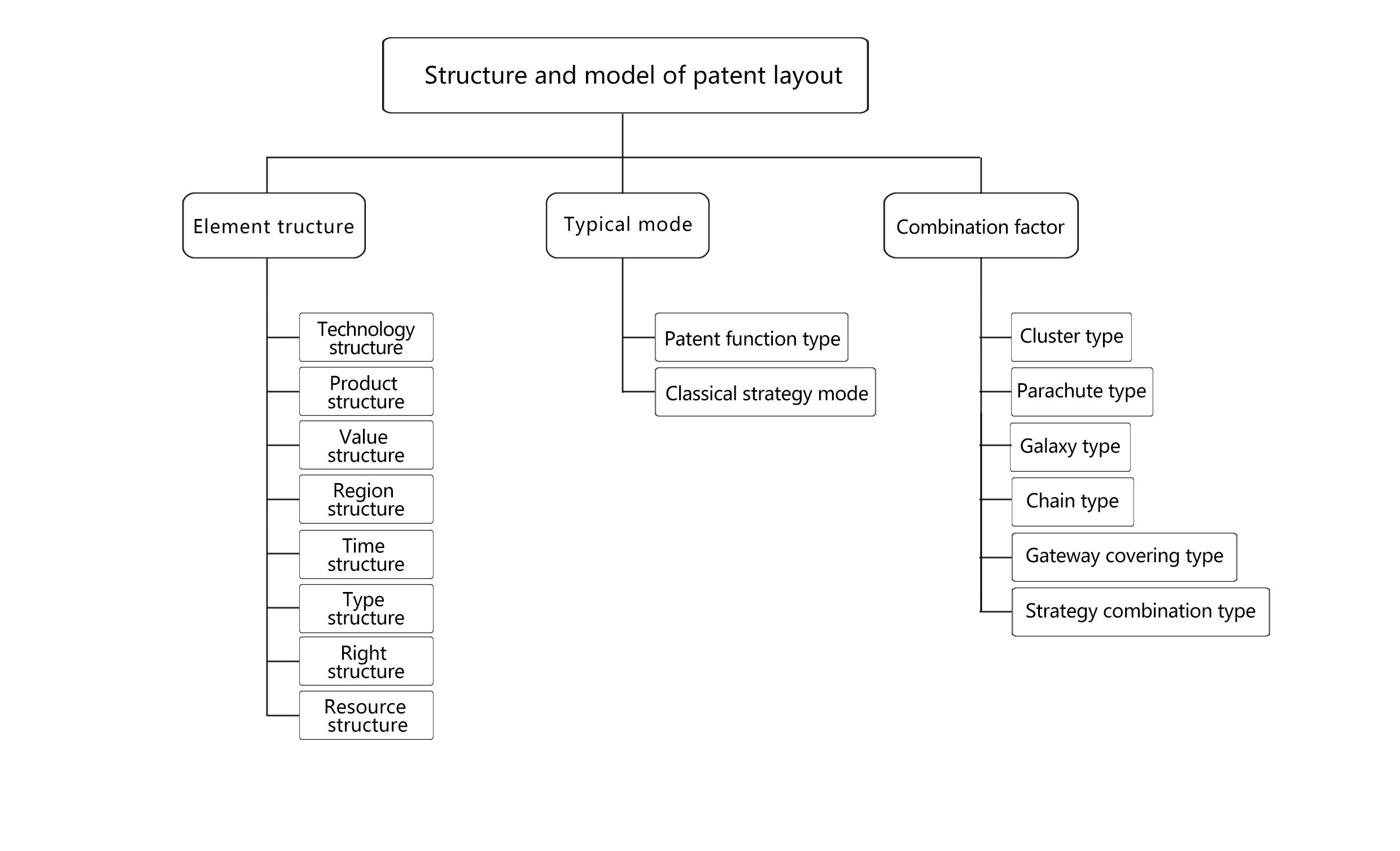
Types of functions
Viewing the integral structure and the strategic need of patent portfolio, the patents involved can be categorized into different types as follow:
1. Patented patent; 2. Competitive patent; 3. Complementary patent; 4. Supportive patent; 5. Extensibility patent; 6. Puzzlement patent; 7. Defensive disclosure
Typical strategic modes of patent portfolio
Ove Granstrand, a Swedish expert once pointed out that there are six modes included in the patent portfolio.
- 1.Specific barrier and avoidance design
- 2.Strategic patent
- 3.Carpet patent portfolio
- 4.Patent walls
- 5.Surrounding patent portfolio
- 6.Combined patent portfolio
Patent layout of starups
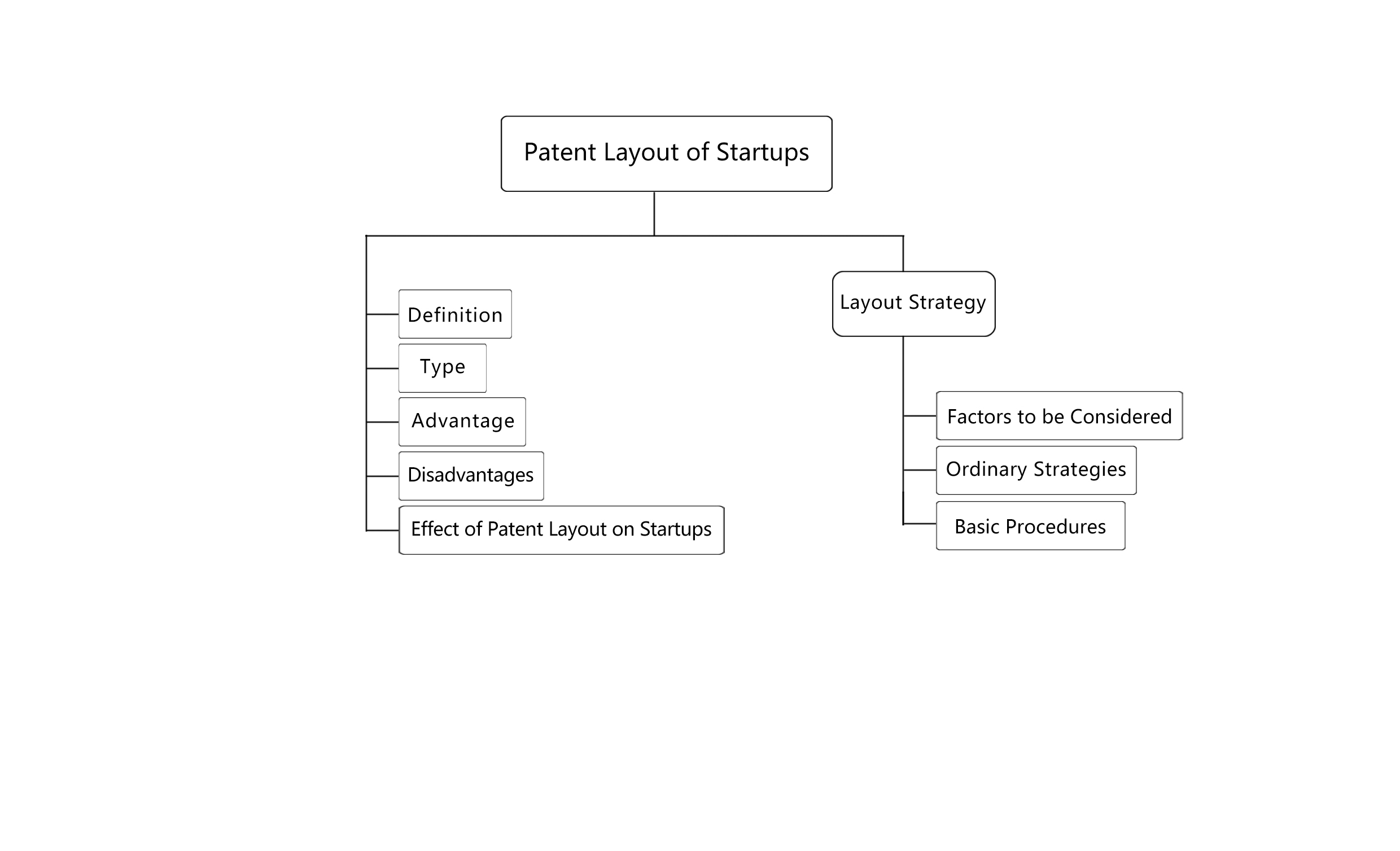
| Advantages | Disadvantages |
| 1. Flexible; 2. Founders attention; 3. Active cooperation with R&D personnel
|
1 Lacking of funds; 2 Lacking of patent talents; 3 Time emergency; 4 Small scale and high risk; 5 Lacking of intellectual property management
|
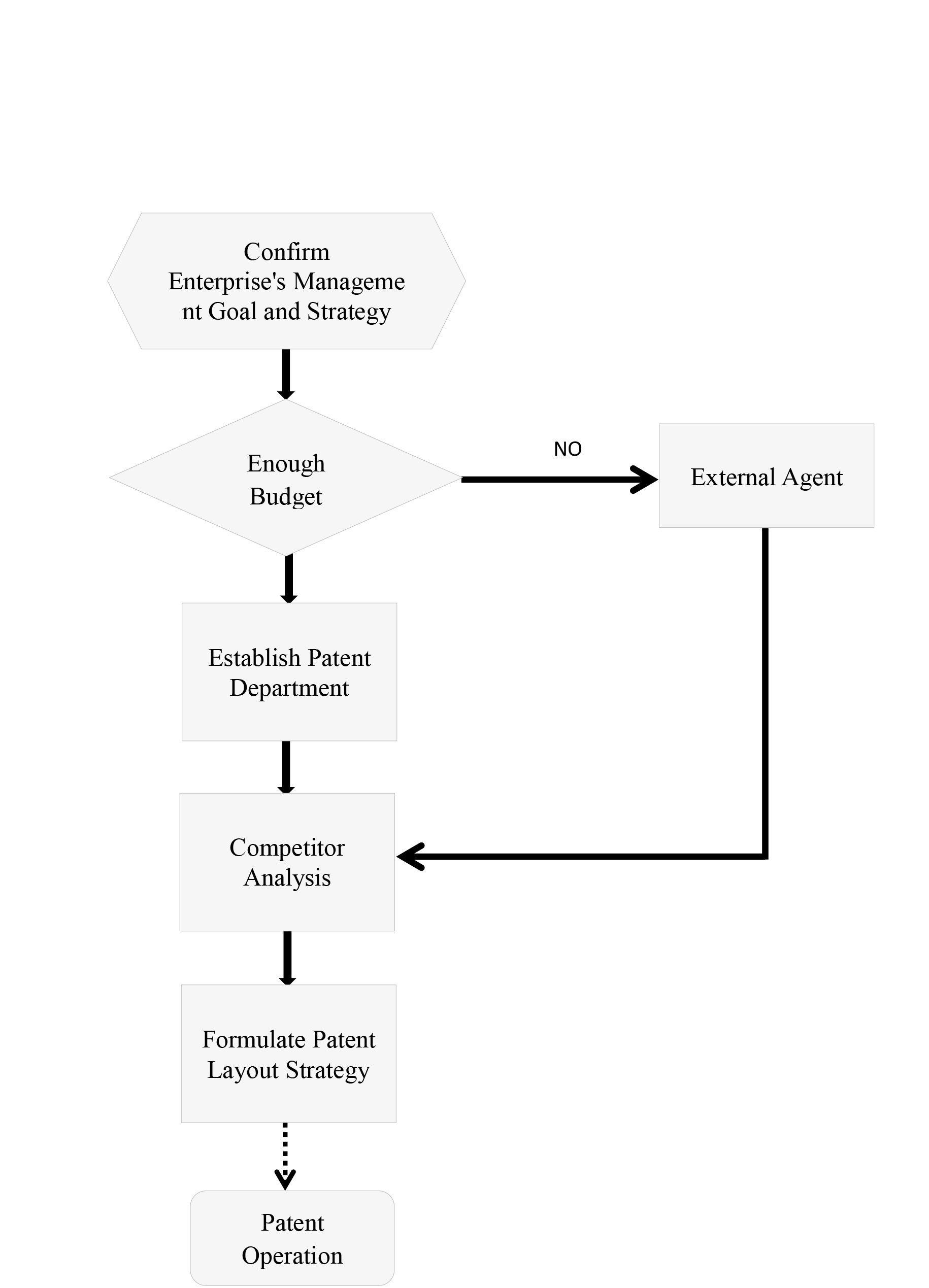
Start-ups’ strategies on patent portfolio
What’s urgent for a start-up to think about is how to survive through marketing. And the question can be specified as what kind of patent portfolio helps such a situation, for “a stronger survivor, a brighter future” is always as the way as it is of development for a start-up.
Block first, encircle next
Any pioneering and subversion startups would encounter barriers because of limited personnel or fund in the initiative stage of the business operation. Hence it would be necessary for them to build a base of patents for protection of the core techniques, there won’t be too much though, they have to find out their best ones with broadest scope of protection to cover their innovative techniques.
“guerrilla warfare”
For continuous innovation enterprises, the marketing environment can only be fiercer. Without enough economic strength or technical support to confront their competitors, these firms however needs to survive the market anyway. That’s why the patent portfolio should go with the management strategies for the firms’ survival.
Give priority to Utility Model patents
This is used when the firm needs their technologies to be protected while in a lack-of-funding situation.
Straight-pilot strategy
The difficulty lies in the great uncertainty of implementing the strategy, for it would be necessary for the firms to predict where the research and development of the competitors would go so that to obtain earlier ownership of the patents and if possible, to negotiate with the competitors, make them our clients and start to offer IP services.
Substituting technologies application first.
An effective strategy for start-ups to build their own technical barriers, keep an eye on what substituting technologies would be used by competitors, and file the application as soon as possible before the competitors do, protecting the core technology. Otherwise the start-ups could just easily lose their technical advantage.





